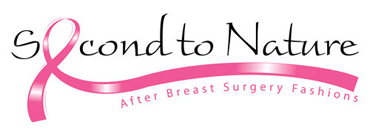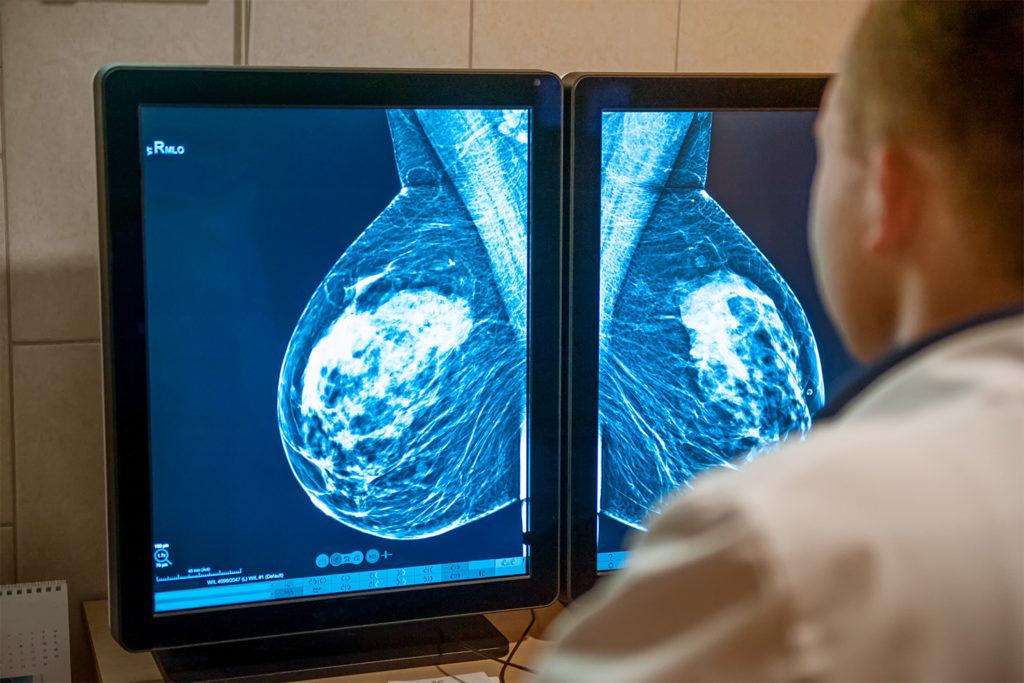Education and Empowerment from Second to Nature in Roanoke, VA
It was Breast Cancer Awareness Month recently, and we talked about breast cancer last time, so maybe you have a few questions. This is what education can do—spark an interest and generate even more to investigate. It is especially true with education on breast cancer – what you need to know, which is why Second to Nature is providing additional facts.
Our clients in the Roanoke, Virginia, area take pride in our heritage. While we may choose to celebrate our positive traits, breast cancer is also a difficult part of the legacy we share. It ranks second to skin cancer as the most common type of cancer in American women. We cannot deny the impact breast cancer has on the lives of so many families in our area.
As mentioned last time, education promotes understanding. This month, we take time to review some of the symptoms and other risk factors surrounding breast cancer. Screening for it can be an eye-opening experience when we make the choice to think about it.
Looking at Signs and Symptoms of Breast Cancer
Let’s begin by taking a look at some of the most common symptoms associated with breast cancer – what you need to know. These warning signs from the body signal something is going on. Pay close attention to any of these symptoms as an important part of your body’s early warning system:
Lumps, Thickening, Swelling
These warning signs can be fairly obvious, but do not let them fool you. If you are concerned with breast health, you have intimate awareness of how your breasts look every day. When doing breast examinations at home, be sure to check the surrounding areas of the breast. Armpit areas house a number of lymph glands that may show connected signs that warrant a doctor visit. If you notice, by feel or sight, any unusual lumps, thickening of the skin or breast tissue, or swelling, it is time to investigate further.
Irritation or Dimpling of Breast Skin
We recognize that there can be times when certain articles of clothing create skin irritation. Often, relief from such minor irritation comes as soon as you change clothes. But consider signs of irritation and dimpling of the breast that do not disappear or directly relate to an obvious cause like wearing an uncomfortable bra.
Red, Flaky Skin in the Nipple Area
The appearance or development of red, flaky skin in the nipple area of the breast can be another important symptom. Beyond requiring care, you may need to be aware of whether any recent activity may have caused the redness. Marathon runners, for example, are on high alert for nipple irritation. But if you are not active in this way and experience noticeable red or flaky nipple irritation, it is time to call your healthcare professional.
Pulling-in or Pain in the Nipple Area
The nipple area is full of sensitive nerves, so be aware of any lingering pain here. An obvious sign is when the nipple area pulls in on itself. This discomfort is a clear signal that you must pay attention to, especially if you have tried a home remedy and it persists.
Nipple Discharges Other Than Breast Milk
One might expect to see breast milk coming from the nipple, but if you experience discharge unexpectedly or have a bloody discharge, it is another warning sign. Pay attention and get it checked out.
Changes in Breast Size or Shape
Again, you see your breasts all the time. If you are proactive with breast health, you check regularly. So any change in breast size or shape is a reason to investigate further. Some individuals do experience a slight difference in size and shape. There can be different causes for it, but check it further with a health professional.
Breast Pain
You might think that the sign of pain would be first on our list. But as you can see, there are a number of other signs and symptoms that may not have noticeable pain associated with them. And breast pain can be intermittent—such as the soreness or tenderness many women experience with menstruation. Persistent and significant breast pain is a symptom that needs to be reported to and discussed with your healthcare professional.
There can be one or more of these signs and symptoms present. The human body has some amazing warnings that let us know when something might be amiss. When it comes to breast health, keep these typical signs and symptoms in mind. Do not hesitate in getting them checked by a professional to help you be better informed about what is going on in your body.
Factors That Increase Risk of Breast Cancer
There are some general factors that can influence breast cancer risk. Two of the main ones are (1) being a female, and (2) getting older. See below for why we encourage older women to have regular screenings for breast cancer. Here are additional factors that increase the risk of breast cancer:
- Having your first menstrual period before age 12.
- Never giving birth or being older when giving birth to your first child.
- Getting radiation therapy to the breast or chest.
- Having a personal history of breast cancer, dense breasts, or some other breast problems.
- Having a family history of breast cancer (e.g., parent, sibling, or child).
- Taking oral contraceptives (birth control pills).
- Taking hormones to replace missing estrogen and progesterone in menopause for more than five years.
- Being overweight, especially after menopause.
- Starting menopause after age 55.
- Changes in breast cancer-related genes (BRCA1 or BRCA2).
As with the signs and symptoms, individuals may experience the presence of one or more of these risk factors. Some of them, such as the genes, require special testing. Other risk factors may be easy enough to track on your own. Bring up these concerns of risk when visiting your doctor. Together, you can keep a closer eye on significant changes in your breast cancer risk.
Early Screening Offers Plenty of Information on Breast Health
Last item relating to breast cancer – what you need to know, but certainly not least, is the importance of screening—early screening.
In fact, breast cancer screening means checking a woman’s breasts for cancer before any of the signs or symptoms appear. The early screening advised by professionals gives them and you a baseline by which to compare. The way most women obtain this early screening is by having a mammogram.
Mammograms continue to be the best way to find breast cancer in its early stages. A mammogram is an X-ray picture of the breast that lets the doctor see what is happening inside. Having a mammogram can be a little uncomfortable for some women. However, some healthcare facilities may offer options. Mammograms can catch some of the typical cancers in their earliest stages for easier treatment—even before signs and symptoms appear!
Women ages 50 to 74 should have a screening mammogram every two years. Younger women over age 40 who may have higher breast cancer risk can also benefit from a screening mammogram. Again, these films enable doctors to compare any changes over time, which is why regular checking is so important for breast health.
If you have low income or no insurance and are between the ages of 40 and 64, our educational source at the Centers for Disease Control (CDC) provides the National Breast and Cervical Cancer Early Detection Program. Call them at (800) CDC-INFO (800-232-4636) to see if you qualify for a free or low-cost mammogram.
Empower your own knowledge of breast health by keeping track and gathering possible details. Second to Nature shares this critical information on breast health, screenings, breast cancer signs, and risks to encourage you and your family. We are here to help our Roanoke neighbors maintain optimal breast health.
Contact Second to Nature for an appointment at (540) 366-2711 or use our contact form. We are located in Roanoke in the Woodhaven Office Park, at 5450 Peters Creek Road. Follow us on Facebook to stay up to date with the latest news and specials.We are dedicated to breast cancer education and empowerment in breast cancer – What You Need to Know.
Source:
www.cdc.gov/cancer/breast/

